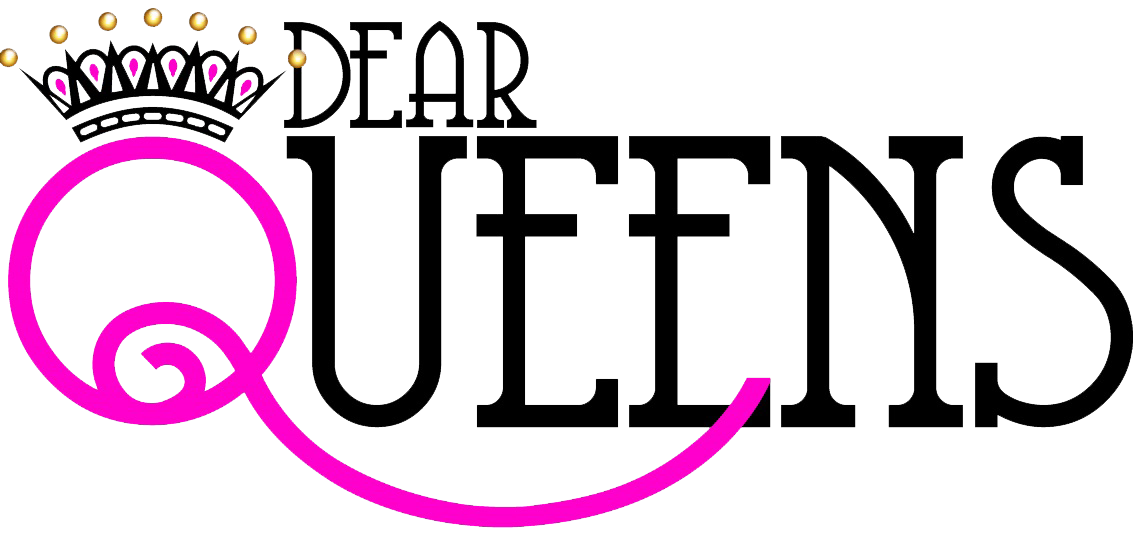On Learning to Accept Rejection
Between ages 26-29 you couldn’t tell me a thing about myself. I was full of love, comfortable with who I was, and shooting authenticity to whomever would catch it. But as I neared the end of that decade and A-town stomped into my 30’s, God began exposing the hidden things within me.
Those dark spots made me uncomfortable.
As more and more of my flaws and vulnerabilities came flooding to the surface, I started to cower in fear. The realities about myself that were erupting weren’t conducive to the woman I wanted to be. I couldn’t let anyone see those hidden parts of me.
So instead of letting them flow as freely as I allowed my 20-something year old flaws to, I tucked them away and dealt with them in private. Consequently, that shifted my self-love and completely changed the way I presented in public spaces. Instead of showing up fully, with my newly revealed flaws in tow, I would lend only pieces of myself to the spaces I occupied. I didn’t want to mistakenly expose the parts of me that I had hidden for so long — the parts of me that were appearing so prominent now that God was uprooting them — so I performed.
My self-love was wavering; and while having to work through loving myself despite those recent revelations, I was also forced with navigating a resurfaced fear of rejection. A fear that had once subsided a few years earlier when I first stepped my foot in self-love.
No one told me that self-love happens in waves: first, loving the parts of you that were always apparent, the parts that were easy to identify and discover; then, loving the parts that were kept tucked away in dark places. I had seemingly entered the second phase.
I couldn’t afford to go backwards though.
As I tackled this second phase I knew I also needed to tackle my heightening fear of rejection, simultaneously. And understanding this one thing helped me tremendously.
Rejection isn’t a personal attack.
It’s not a reflection of who we are as much as it is a reflection of the rejector’s desires, needs, hopes, and expectations. In the same way I harmlessly reserve my freewill to decide who I want to interact with — not with irrational judgment, but with a mind focused on what or who most suits my needs — others have the right to do the same. Their decision not to engage doesn’t mean there’s something wrong with you, it simply means that you’re not meant for them, and that’s okay.
We are not meant for everybody.
And we all have the right to decide who is and who isn’t. The more I leaned into that reality, the easier it became for me to be my full self without fearing what others thought. My thoughts shifted from wanting to understand why I wasn’t received to accepting it. The conversation with myself changed from “I’m not what they need and I don’t understand why,” to “they desire something different and that’s okay.” Even that language took the onus of desirability off of me and aligned it more appropriately.
This translates beyond just social acceptance/rejection. For me, it manifested in my professional life as well. It was the very thing that stopped me from performing my qualifications, and simply started revealing them in the way that’s most meaningful to me: through my work, not my words. It’s what helped settled my angst from not receiving certain positions, shifting my thoughts from “I must not be qualified,” to “someone else must have been a better fit.”
It allowed me to both stop dimming my light and shine it brighter — doing, saying, and loving in the ways that made my heart its happiest.
Admittedly, this mindset shift didn’t come as seamlessly as this post makes it seem; in fact, it’s something I’m still actively working on and getting better at. It takes the constant reminder that I am not their thoughts of me. It takes me mindfully disassociating my being from their rejection. And it requires me to be intentional about my thoughts of the word itself, stripping it of its negative connotation.
Rejection isn’t a bad thing.
If anything it’s liberating. It lends itself to people’s right to choose who (and what) they associate with. When I started looking at it in this way — recognizing that I, too, exercise that same right — accepting it became easier. I became more at peace with who I am and who I am meant for. And I began to honor, rejoice, and celebrate with those whose desires aligned with my being; feeling free to be my full self around those very people.
So no, everybody might not receive you, but that’s okay. Because the people you’re meant for will—and you won’t have to perform for them.

